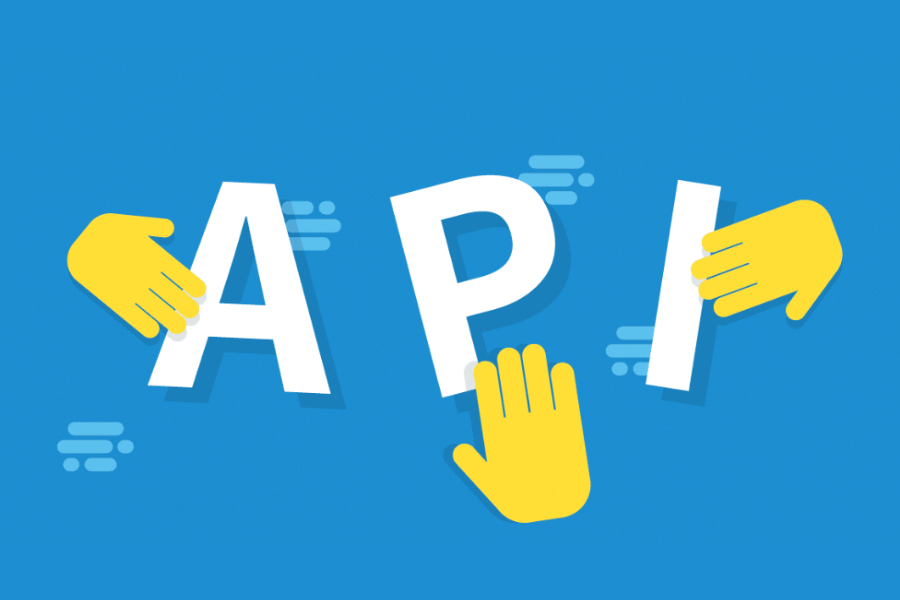API is an abbreviation for application interface. An API is an application intermediary that allows two applications to interact with others. APIs are used every moment you interact on Facebook, buy something like that on Amazon, or look at the news on your phone.
An API works this way: when you use an app on your phone or computer, the app connects to the Network and sends your data to the server. The server needs to download the data, interpret it as required by the app, and then go back to a response to the computer or phone in a format you can comprehend and use.
Why are API Testers used –
A typical app has three distinct layers: the demonstration, business, and database for modeling work and manipulating or transforming the final data.
API Testing is carried out at the most crucial layer: business, where business logic processing and all money transfers between the user interface and database layers occur.
The benefits API Tester have –
- API Testing with the help of an API Tester is carried out for the system, which contains a set of APIs which must be tested. All through testing, the following things are examined.
- It is investigating boundaries and ensuring that the test harnesses various API call parameters in ways that confirm features and reveal failures.
- More value-added parameter combinations are being generated to validate calls with multiple parameters.
- The API’s behavior while considering external environmental conditions such as files, and passive components are examined and is very important, etc.
- They verify the API call sequence and determine whether the APIs produce meaningful results from consecutive calls.
Conclusion
APIs are fantastic even though they depict basic components that developers could use to conveniently gather all types of interactions without rewriting an interface each time machines need to interact. Moreover, because APIs have contracts, apps that want to interact with each other can be built in various ways as long as those who interact conformance with the API contract.
This enables developers from multiple organizations in different regions of the globe to create highly distributed applications while reusing the same APIs. When a user can interact with the web application of an application (for example, a mobile app), that frontend essentially makes API calls to back-end systems.


